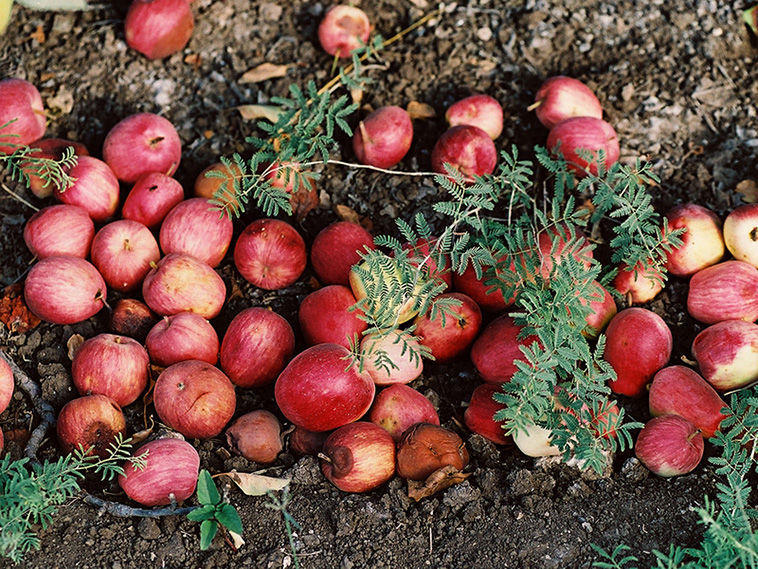The Science of Canning
- Brittany Taylor
- Oct 27, 2016
- 2 min read

The art of canning foods has been around for a very long time. In fact, the technology has been with mankind (as far as we know) since 1809 when Nicolas Appert invented it (Encyclopedia of Britannica, n.d.). I have known about canning practices all my life since my grandmother was an expert at canning. I still recall, to this day, going down into the cellar to grab jars of my grandmother's peaches and seeing other canned things that had been there since I can remember. Amazingly enough though, non of it went rotten. As a kid, I was always amazed by that. Unfortunately my interest of canning did not peak during her lifetime so I did not learn the skills. This just makes me think of my article of how traditional knowledge can fade as older generations pass on without teaching these skills to the younger generations. Now, because of this, I have been looking up how it canning all began.
Preserving, means to prevent things (such as food) from decaying. Back in the day, spoilage of food was a big problem, especially when food was scarce during wartime. This lead Appert (the inventor of canning) to experiment with best ways to preserve food. He found that if you put food into a tightly sealed jar and heat it for a period of time you can greatly increase the shelf life of food so long as you leave the jar closed until it was to be used. Back then, he did not have any explanation as to why the food did not spoil, but back then that didn't really matter. It worked!
Louis Pasteur was a french chemist and microbiologist invented the process of pasteurization. He was the first person to explain that the heating process killed microorganisms that were responsible for food decay. Also, he found explained that sealing the can prevented any other microorganisms from getting in. Nowadays, this seams to be a simple concept; however, in 1809 this was a revolutionary explanation (Britannica Encyclopedia, n.d.; Biography.com, 2014).
The science of canning is to remove microorganisms (bacteria, yeasts, molds) and to prevent naturally occurring enzymes from initiating decay (Hendren., n.d.). One of the most important part of canning is temperature. This is because, the right temperature is needed in order to denature the enzymes (make them fall apart in a soupy like mess) and to kill the bacteria. Here is a list of the important temperatures:

Image Adapted from Canning Foods. The University of Tennessee Institute of Agriculture.
You want to do EVERYTHING you can to prevent microorganism growth. This means, on top of cooking your fruits and veggies at the right temperature, you should also be sure to sterilize your jars before use and to ensuring a proper seal. Any nicks, bumps or scrapes might allow air filled with bacteria and all other things that are invisible into the eye into your jar. The multiplication and growth would eventually spoil your product and could make you sick (if you eat it)!
Reference:
Biography.com (2014, April 2) Louis Pasteur Biography. Retrieved Jun 24, 2019 from https://www.biography.com/scientist/louis-pasteur
Hendren R. K., Burney J., Morris W. C. N.d. Canning. Retrieved October 27, 2016 from https://ag.tennessee.edu/foodscience/Documents/Canning%20foods.pdf
Encyclopedia Britannica. Canning: food processing. Retrieved October 27, 2016 from https://www.britannica.com/topic/canning-food-processing

































Comments